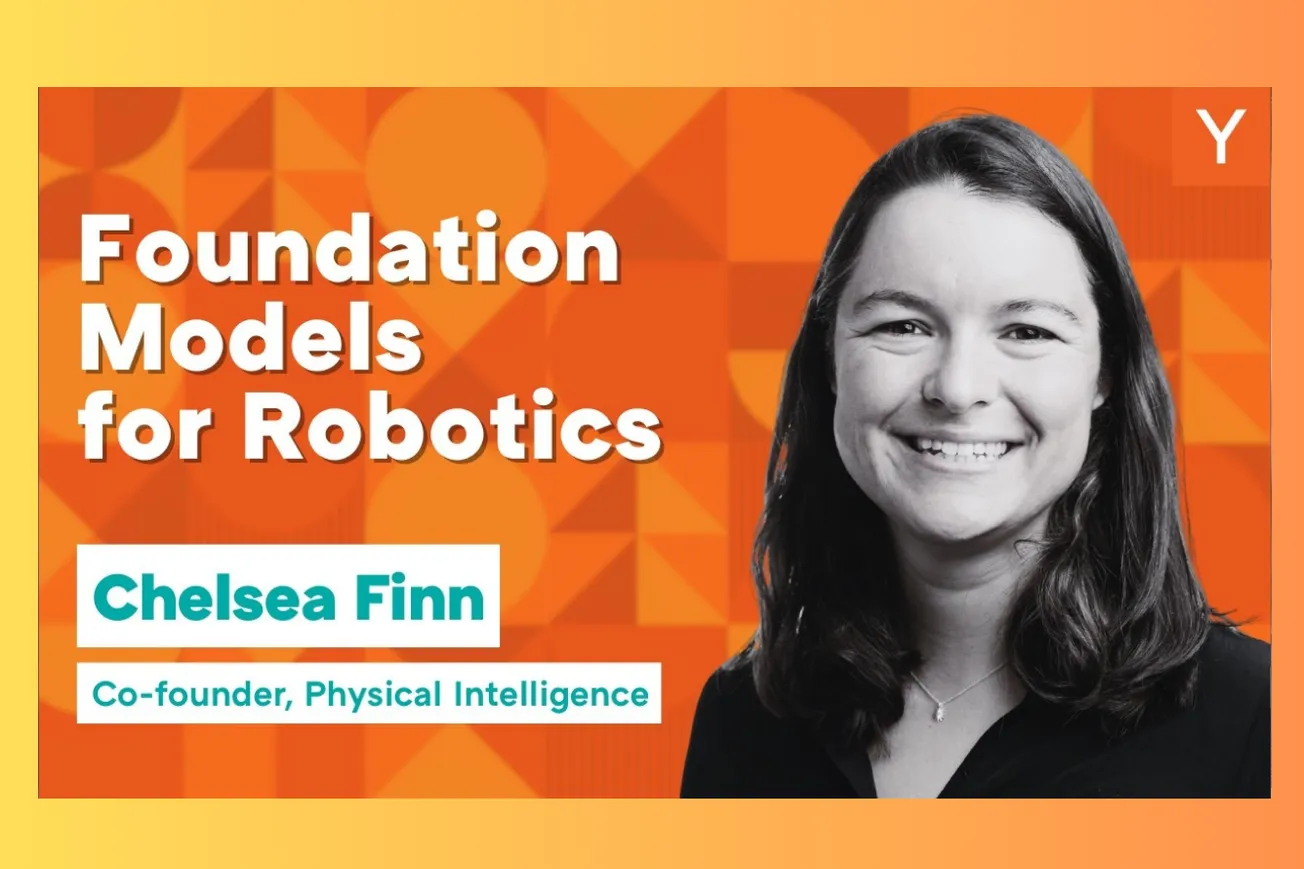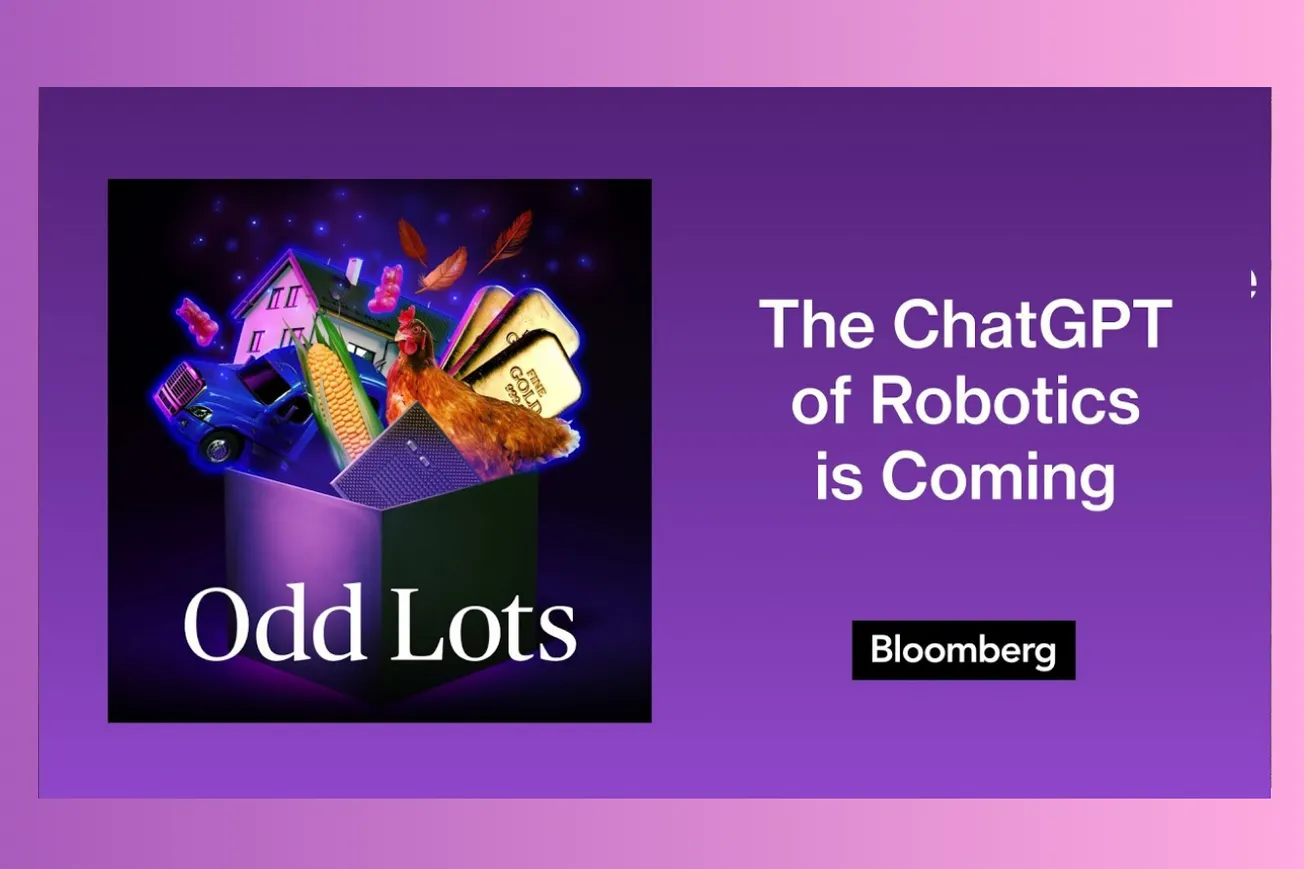Table of Contents
Key Takeaways
- Google's whitepaper establishes prompt engineering as critical for optimizing LLM performance in production environments
- Core techniques like few-shot prompting and role assignment form essential building blocks for effective AI interactions
- Advanced strategies like ReAct and Tree-of-Thoughts enable complex problem-solving capabilities in LLMs
- Code prompting applications are revolutionizing software development through AI-assisted programming workflows
- Emerging trends point toward automated prompt generation and standardized cross-model interfaces
Core Prompt Engineering Techniques for Effective LLM Communication
The whitepaper identifies foundational methods that every developer should master when working with large language models. Zero-shot prompting demonstrates remarkable versatility, allowing models to complete tasks without examples by leveraging their vast pre-trained knowledge. For more precise outputs, one-shot and few-shot prompting provide contextual examples that significantly improve performance - research shows this approach can boost accuracy by 15-30% on complex tasks.
System prompting establishes persistent conversation rules, while role prompting ("Act as a senior Python developer") tailors responses to specific professional contexts. Contextual prompting adds crucial background information, particularly valuable for domain-specific applications like medical diagnosis or legal analysis. These core techniques form the essential toolkit for creating reliable, production-grade AI implementations.
Advanced Strategies for Complex Problem Solving
Google's researchers present cutting-edge methods that push LLM capabilities to new heights. Chain-of-Thought (CoT) prompting breaks down problems into sequential steps, achieving 92% accuracy improvement on mathematical word problems compared to direct questioning. The ReAct framework combines this reasoning with external API calls, enabling real-world actions like database queries or device control.
Innovative approaches like Tree-of-Thoughts (ToT) explore multiple reasoning paths simultaneously, mimicking human brainstorming. Self-Consistency Voting enhances reliability by generating 5-7 responses and selecting the most frequent answer - reducing errors by 40% in experimental trials. These advanced techniques enable LLMs to handle multi-step workflows like technical support escalation paths or financial risk analysis scenarios.
Optimizing LLM Performance: Best Practices and Parameters
The whitepaper emphasizes systematic approaches to prompt design:
- Iterative refinement cycles with A/B testing
- Temperature adjustments (0.2-0.7 range for technical tasks)
- Top-K/Top-P sampling for controlled creativity
- Clear output formatting specifications (JSON, XML, etc.)
Real-world case studies demonstrate how proper parameter tuning reduced hallucination rates from 18% to 3% in customer service chatbots. The guidelines also address ethical considerations, recommending:
- Bias mitigation through inclusive example sets
- Transparency disclaimers for AI-generated content
- Safety filters for high-risk applications
Code Prompting: Revolutionizing Software Development
Google's research highlights transformative applications in programming workflows:
python# Example code generation prompt
"Write a Python function that takes a list of integers and returns a dictionary with count of prime numbers and their sum"
- 68% of developers report reduced coding time using AI-assisted tools
- Error detection accuracy reaches 79% in benchmark tests
- Documentation automation cuts project completion time by 25%
The whitepaper documents successful implementations at major tech firms, including a case where AI-generated unit tests identified 12 critical vulnerabilities in a banking API. Emerging capabilities include cross-language transpilation and architecture pattern suggestions, fundamentally changing software design processes.
Future Trends in Prompt Engineering
The whitepaper identifies three key development vectors:
- Automated Prompt Optimization: LLMs refining their own instructions through reinforcement learning
- Multimodal Integration: Combining text prompts with visual diagrams, data tables, or voice inputs
- Standardization Efforts: Cross-platform prompt templates compatible with major AI models (GPT-4, Claude, PaLM)
Industry adoption metrics show 142% year-over-year growth in prompt engineering roles, with particular demand in healthcare, finance, and cybersecurity sectors. The document concludes with predictions for self-improving AI systems that continuously adapt their prompting strategies based on user feedback and performance metrics.
Implementation Roadmap for Organizations
For enterprises adopting these techniques, Google recommends:
- Skills assessment for existing AI teams
- Gradual implementation through pilot projects
- Continuous monitoring systems for prompt effectiveness
- Version control systems for prompt templates
- Ethical review boards for high-stakes applications
Benchmark data reveals organizations following this approach achieve 3.2x faster AI integration compared to ad-hoc implementations. The whitepaper includes downloadable templates for prompt engineering playbooks and ROI calculation frameworks.








